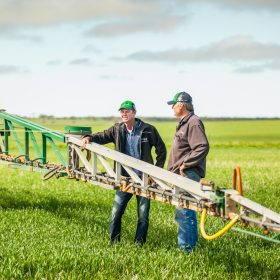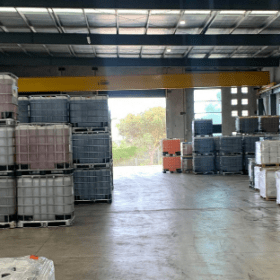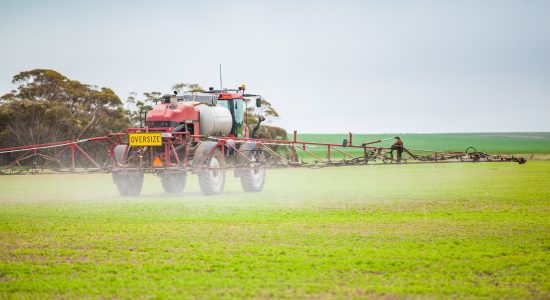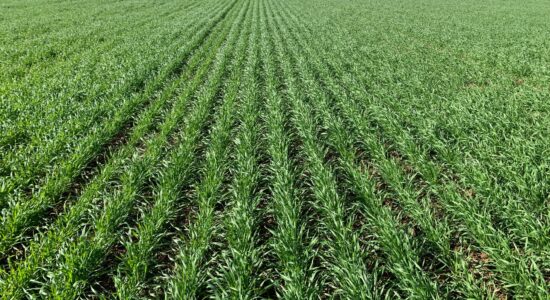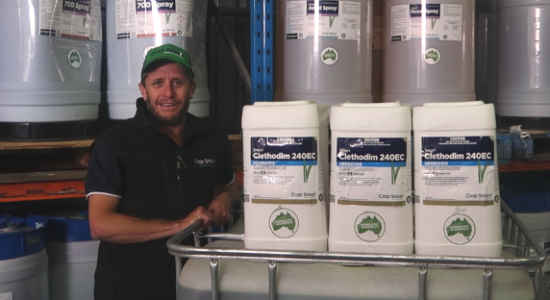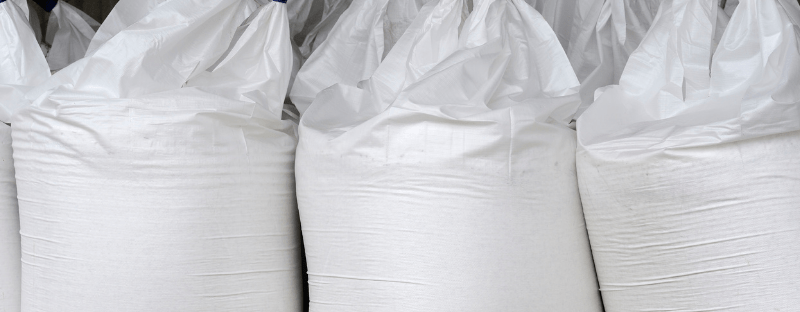
Nitrogen Use Efficiency in your region
Nitrogen use efficiency (NUE) is defined as the ratio of the crop nitrogen uptake vs the total input of nitrogen fertiliser;
NUE% = N removed / N applied x 100
The old rule of thumb (RoT) was to use a nitrogen efficiency ratio of 50%.
This RoT has been questioned for several years, largely because different cropping systems and soil types result in a varied range of NUE’s. New research outcomes suggest we may only be achieving N use efficiency of 35% of applied N.
In High Rainfall Zones, like the Vic Western Districts, Lower EP etc, most of the N losses occurred from upfront N. In low rainfall zones (Upper EP for example), it is the opposite; we experience the lowest losses with upfront N.
Soil mineralisation is another grey area. After sowing, the amount of N mineralised is more difficult to measure because there is simultaneous mineralisation of nitrogen in the soil and uptake by the growing crop. For the low to mid rainfall zones (places like Hopetoun in Victoria, Port Pirie in SA), most agronomists class in-crop mineralisation as a bonus. For higher rainfall zones, it can be factored into N budgets using the Ridge method (N mineralisation (k/ha) = 0.15 × SOC (%) × GSR (mm) ).
Evaluating NUE accurately is dependent on having adequate local knowledge and experience; so it’s best to consult your local agronomist when considering appropriate fertiliser management strategies. We will be working within a range of efficiencies as nothing is set in stone. Budget on a low N use efficiency of 35%, and a high of 50% for added or applied nitrogen. For existing soil nitrogen, we will be using a 50% efficiency figure.
The Smart Agro
Further Reading:
Nitrogen fertiliser use efficiency ‘rules of thumb’ – how reliable are they? – GRDC
A nitrogen reference manual for the southern cropping region – GRDC
11456-GRDC-Bendigo-update-proceedings-2021-Interactive.pdf

